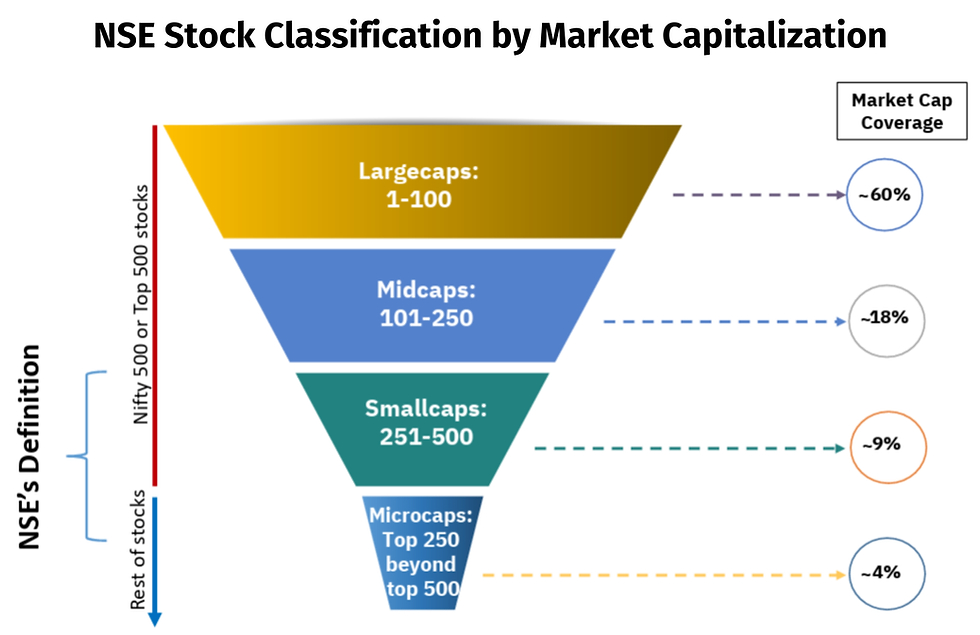Restoring Equilibrium
- Akshay Nayak
- Jul 24, 2024
- 4 min read
Portfolio construction and management is a continuous process. Selecting products and designing a portfolio is the easy part of portfolio management. It is even more important to ensure perfect equilibrium between components in our portfolios. This is where regular portfolio rebalancing comes into the picture. Rebalancing helps maintain an optimal balance between various asset classes in our portfolios. Most of us understand the importance of rebalancing our portfolios. But very few of us actually go ahead and do it. And even fewer do it effectively. Therefore, today I am going to prescribe a set of simple guidelines which we can use to rebalance our portfolios.
The most essential prerequisite for effective rebalancing is clarity on our desired asset allocation. Our asset allocation sets benchmarks against which to carry out our rebalancing activities. In most cases, a long term portfolio can be constructed with an initial allocation of 60% equity and 40% debt. A portfolio with a 60-40 split between equity and debt represents a reasonable balance between asset classes. For multiple goals with varying time horizons, a goal based approach may be followed. Each portfolio may have an asset allocation strategy aligned to that particular goal.
Next we need to define our conditions for rebalancing. We must realise that portfolio rebalancing is a tool for risk management. It optimises portfolio returns by protecting the gains achieved by our portfolios in the past. We must look to book gains from asset classes which have done well. We must then park them in asset classes which have decreased in value. Doing this will bring our exposure back in line with our intended asset allocation strategies. Look at the infographic below for a better understanding of the rebalancing process.

When rebalancing our portfolios, we first set threshold limits (say 5%) beyond which we would rebalance. Assume that we begin with an asset allocation of 50-50 between debt and equity. Let us further say a 5% threshold limit is set for rebalancing. When our equity allocation goes to 55 or more, we rebalance from equity to debt.
It would be a good idea to carry out the rebalancing exercise on a day when we have at least a few hours of free time. This allows us to focus all our energy on the rebalancing exercise. We would therefore do a good job of it. We must remember that rebalancing manages portfolio risk at the asset class level. So which product we redeem from in the portfolio doesn't really matter. All that matters is our exposure to each asset class must be in line with our intended asset allocation.
Let us now look at some practical examples of portfolio rebalancing. Take the example of the portfolio given below. Assume an intended asset allocation of 60% equity and 40% debt. A 5% tolerance limit is set for rebalancing.

Clearly, there is an excess allocation of 10% to equity in this case. So we calculate 10% of the market value of the portfolio. Rs 10 lakh * 10% = Rs 1 lakh. Now we redeem Rs 1 lakh from the Nifty 50 index fund. This money is then shifted to the liquid mutual fund component of the portfolio. Once this is done the new composition of the portfolio would be as shown below.

Liquid mutual funds are easily convertible to cash. There is relatively lower risk of a significant change in their value at the time of conversion. Transacting in them is also fairly simple. They therefore allow smooth rebalancing of the portfolio when required. Now take the case of this second portfolio shown below. The asset allocation and tolerance limit for rebalancing remain the same as the first case.

Here, there is an excess allocation of 30% to debt. We calculate 30% of the market value of the portfolio. Rs 10 lakh * 30% = Rs 3 lakh. This amount will be redeemed from the debt component of the portfolio. Money in the EPF is locked in until retirement. So once again the redemption is made from the liquid fund component. The money that is so redeemed is shifted to the Nifty 50 index fund. The revised composition of the portfolio post rebalancing is given in the graphic below.

So to sum up, our asset allocation strategy is the benchmark for rebalancing. The choice of threshold limit for rebalancing is arbitrary. What matters is that we initiate a rebalance every time the limit is hit. Rebalancing locks in past gains and rationalises portfolio risk. We need to have the discipline to move money from asset classes that are hot to those that are not. Only then would we be able to rebalance effectively.
The costs and taxes involved with the rebalancing process may seem undesirable. But rebalancing makes sure that we are not exposed to sudden shocks on our investment journey. This makes our overall investment experience more palatable. Therefore the pros of rebalancing portfolios far outweigh its cons. Rebalancing is therefore a must for all investors.



Great article, simple, no-frills explanation :)